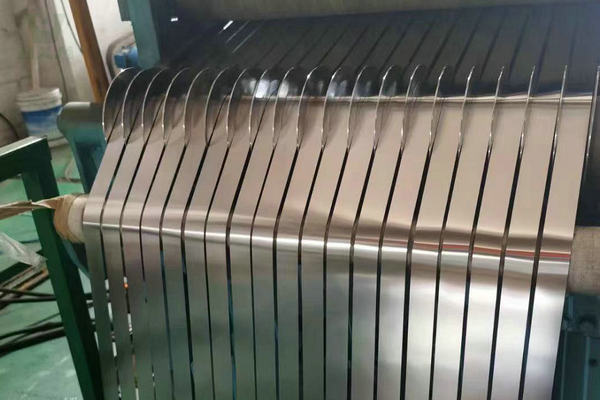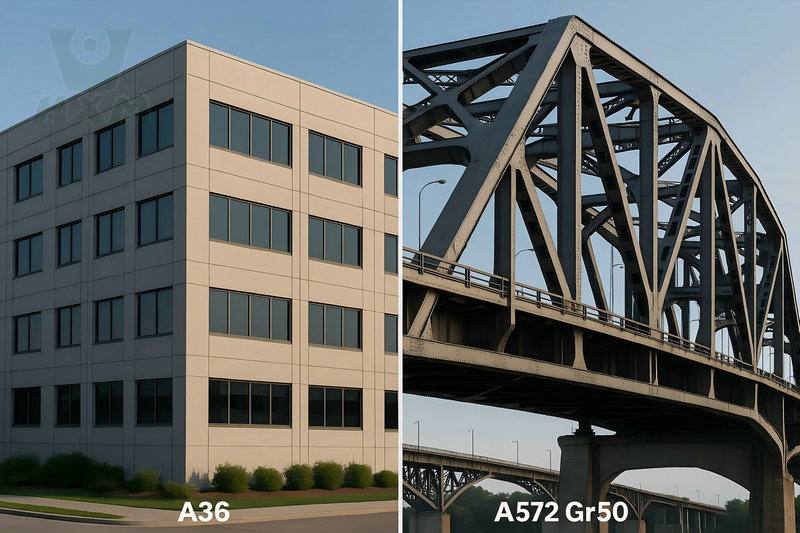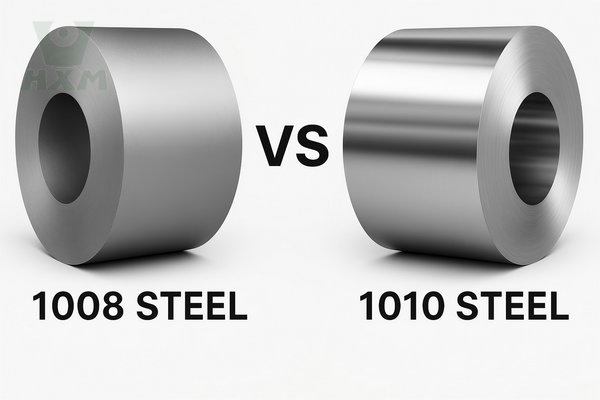What is the Material of C3-80
C3-80 product material belongs to martensitic stainless steel, tensile strength of 800 Nm / mm3, C3-80 just means mechanical properties. This product involves raw materials, forging mode (red forging or cold heading), cooling mode (oil cooling, water cooling, air cooling), cleaning mode, heat treatment mode (vacuum heat treatment, box heat treatment, belt heat treatment), CNC turning, rolling teeth (rolling machine, rolling wheel), etc., a link does not do a good job may cause a chain reaction of the product (broken head, broken rods, rotten teeth, etc.).
What Kind of Alloy is Stainless Steel?
Stainless steel is not an alloy. Stainless steel belongs to the metal material, stainless steel refers to air, steam, water and other weak corrosive media and acids, alkalis, salts and other chemical corrosive media corrosion of steel, also known as stainless acid-resistant steel. In practice, the steel resistant to weak corrosive media is often called stainless steel, and the steel resistant to chemical media corrosion is called acid-resistant steel.
Stainless Steel Basic Alloying Elements
Nickel, molybdenum, titanium, niobium, copper, nitrogen, etc., in order to meet the requirements of a variety of uses of stainless steel organization and performance. Chemical composition of stainless steel corrosion resistance deCreases with the inCrease of carbon content, stainless steel is also one of the highest strength of metal materials for construction.
What Material is C3?
C3 is ordinary carbon structural steel C class steel old model, A class to ensure the mechanical properties, B class to ensure the chemical composition, C that is to ensure the mechanical properties also guarantees the chemical composition.
C3 is the United States ansi grade, equivalent to iso k10, domestic YG6X, tungsten and cobalt tungsten carbide steel.
Stainless Steel Grade Classification and Material
200 series: chromium-manganese-nickel.
201, 202, etc.: manganese instead of nickel, corrosion resistance is relatively poor, the domestic widely used as a cheap alternative to 300 series.
300 series: chromium – nickel austenitic stainless steel.
301: good ductility, used for molding products, but also through mechanical processing to make it harden quickly. Good weldability, wear resistance and fatigue strength is better than 304 stainless steel.
302: corrosion resistance with 304, due to the relatively high carbon content and therefore better strength.

303: By adding a small amount of sulfur and phosphorus to make it easier to cut and process than 304.
304 -General type,that is, 18/8 stainless steel. Products include corrosion-resistant containers, cutlery, furniture, medical equipment and so on. The standard composition is 18 % chromium and 8 % nickel. It is a non-magnetic stainless steel that cannot change its metallurgical structure by heat treatment.
304 L: the same characteristics as 304, but lower carbon, so more corrosion resistance, easy to heat treatment, but the mechanical properties of the poorer welding and not easy to heat treatment of the product.
304 N: the same characteristics as 304, is a stainless steel containing nitrogen, nitrogen is to improve the strength of steel.
309: Compared with 304 has better temperature resistance, temperature resistance up to 980 ℃.
309 S: with a large amount of chromium, nickel, so heat resistance, oxidation resistance is good, products such as: heat exchangers, boiler components, jet engines.
310: Excellent oxidation resistance at high temperatures, with a maximum operating temperature of 1200℃.
316: After 304, the second most widely used steel, mainly used in the food industry, watches and jewelry, the pharmaceutical industry and surgical equipment, the addition of molybdenum to obtain a special corrosion-resistant structure. It is also used as a “marine steel” due to its better resistance to chloride corrosion than 304. SS316 is commonly used in nuclear fuel recovery units.
316 L: Low carbon, more corrosion resistant, easy to heat treat, products such as: chemical processing equipment, nuclear power generators, refrigerant storage tanks.
321: Similar properties to 304 except that the addition of titanium reduces the risk of corrosion in the welds of the material.
347: With the addition of the stabilizing element niobium, it is suitable for welding parts of aerospace appliances and chemical equipment.
400 series: ferritic and martensitic stainless steel, without manganese, to a certain extent can replace 304 stainless steel.
408: good heat resistance, weak corrosion resistance, 11% Cr, 8% Ni.
409: the cheapest type (British and American), usually used as automobile exhaust pipes, is a ferritic stainless steel (chromium steel).
410: martensitic (high strength chromium steel), good wear resistance, poor corrosion resistance.
416: Sulfur is added to improve the machinability of the material.
420: “Cutting tool grade” martensitic steel, similar to Brinell high-chromium steel, the earliest stainless steel. Also used for surgical knives and can be made very bright.
430: Ferritic stainless steel, decorative, e.g. for car accessories. Good formability, but temperature resistance and corrosion resistance are inferior.
440: high-strength cutting edge steel, slightly higher carbon content, after appropriate heat treatment can obtain high yield strength, hardness can reach 58HRC, belong to the hardest stainless steel. The most common application example is “razor blade”.
500 Series: Heat-resistant chromium-alloyed steels.
600 series: martensitic precipitation hardening stainless steel.







